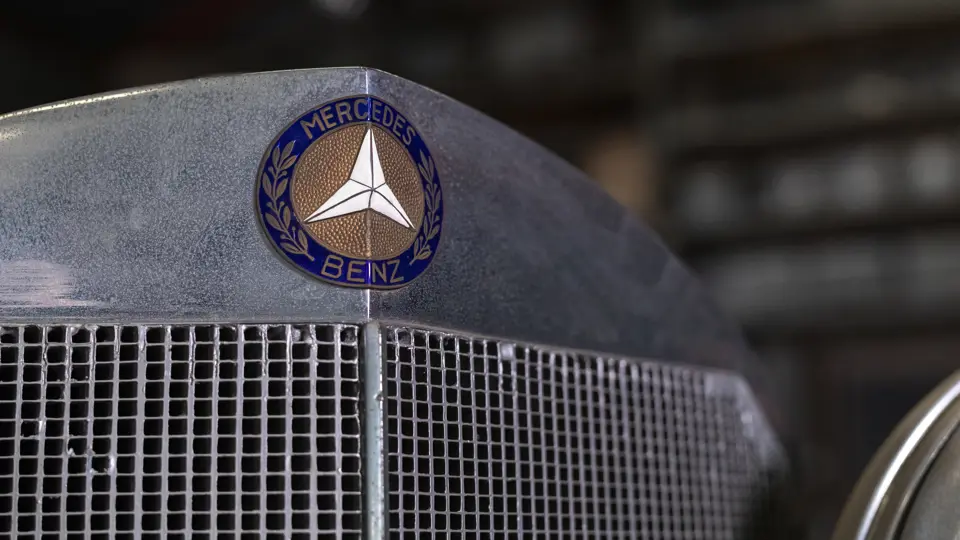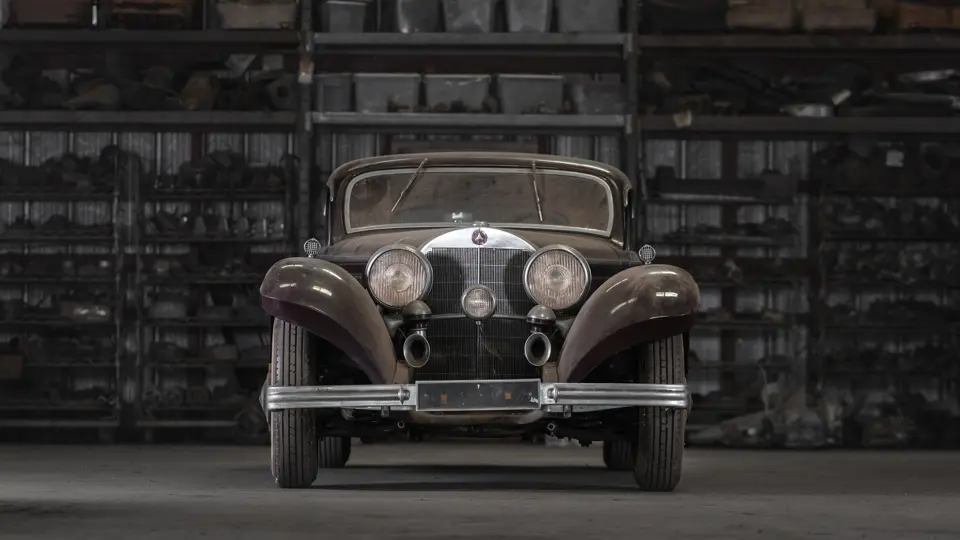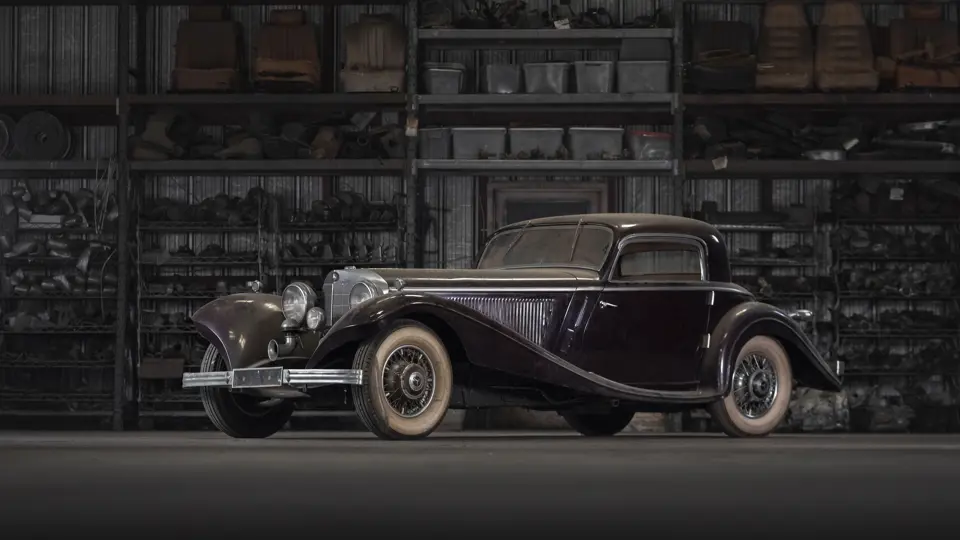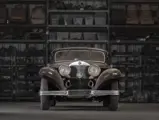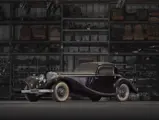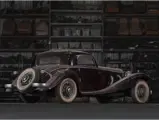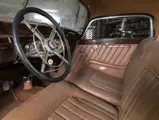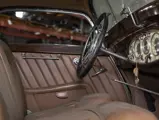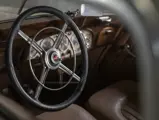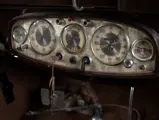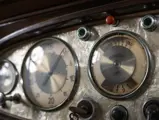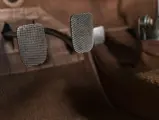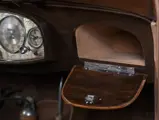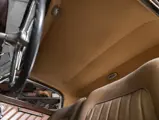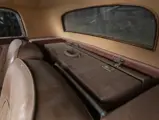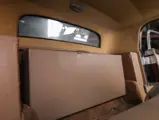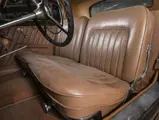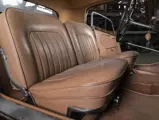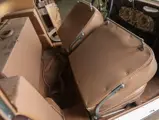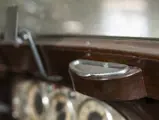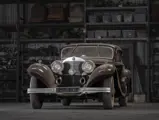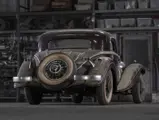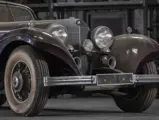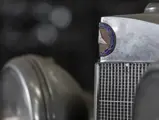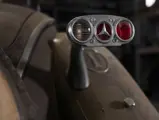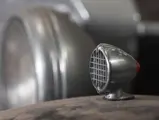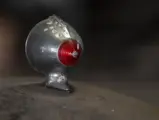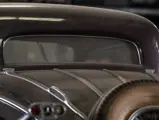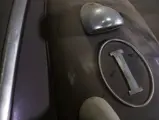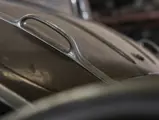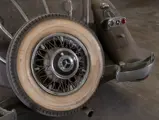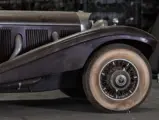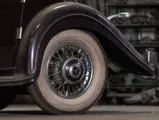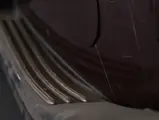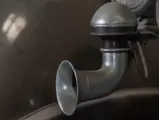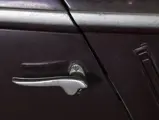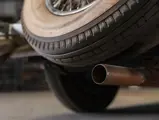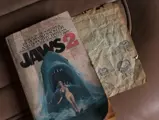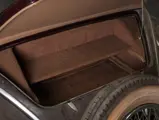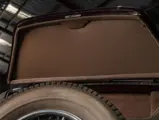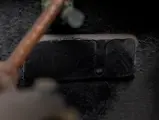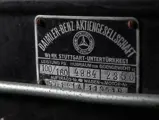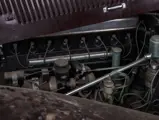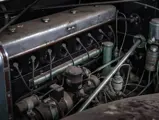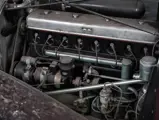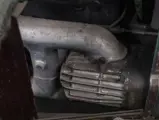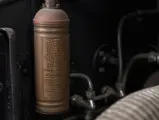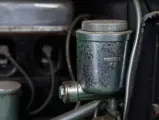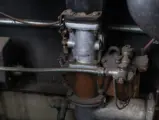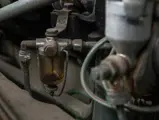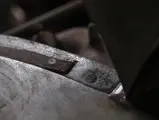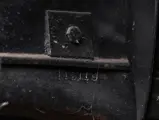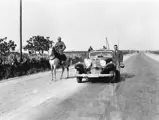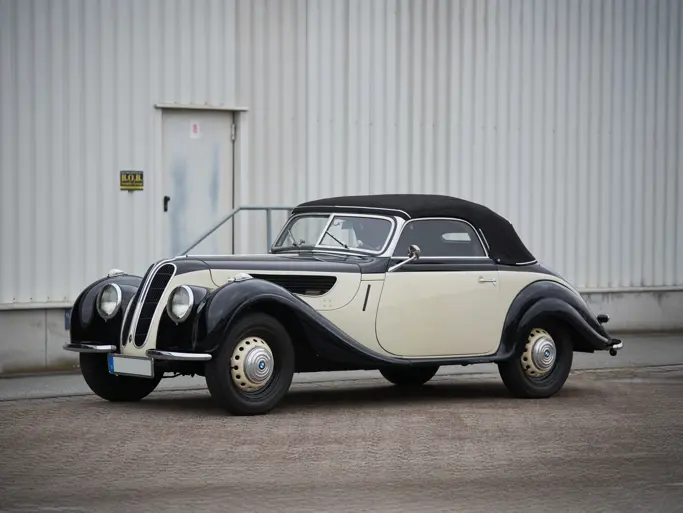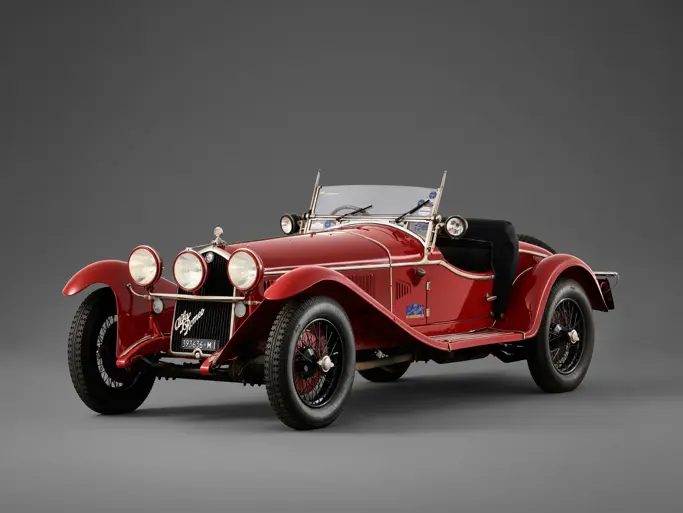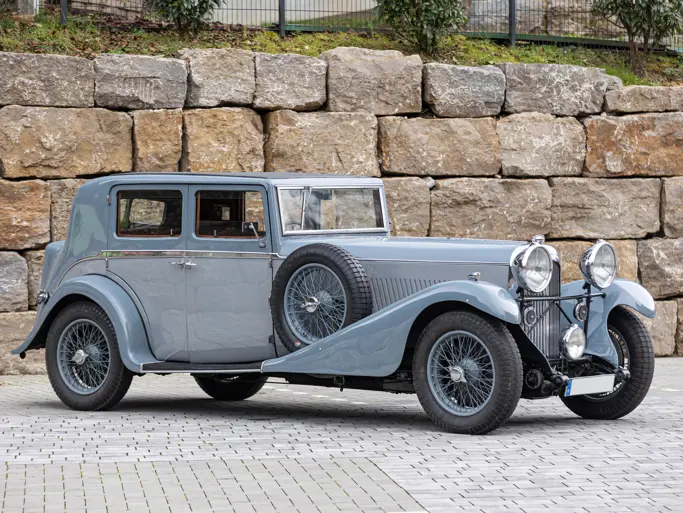
1935 Mercedes-Benz 500 K 'Caracciola' Special Coupe by Sindelfingen
{{lr.item.text}}
$4,130,000 USD | Sold
{{bidding.lot.reserveStatusFormatted}}
- The single most pursued Full Classic automobile of the last half-century
- A one-off car built for Mercedes-Benz’s legendary champion racing driver, Rudi Caracciola
- Documented by a copy of its build sheet, bearing Caracciola’s name
- Formerly owned by legendary California enthusiasts Dr. Milton Roth and M.L. “Bill” Post
- Acquired by Rudi Klein in 1979; hidden away and not seen by the public since 1980
- The long-awaited opportunity to acquire and freshly restore one of the most famous and desired of all Mercedes-Benzes
THE RAIN MASTER
At the dawn of the automobile, the great figures came not from the burgeoning industry, but from seemingly nowhere—founts of talent that just seemed to be in the right place, at the right time, and climbed not from class to class, but from job to job. Such was the case of Rudolf Caracciola, born in Germany to Italian parents, who enjoyed cars and so apprenticed at an automobile factory as a young man, eventually became a car salesman for Daimler in Dresden, and in 1926 asked Mercedes-Benz to supply him a car to drive in the first German Grand Prix. The race was beset by drenching rain, which Caracciola hurtled through, even as other drivers literally crashed and died around him. Rudi Caracciola, Regenmeister, and his utterly fearless nature won.
That was how the legend was born. By the mid-1930s Caracciola, the first non-Italian to win the Mille Miglia, was the star of Mercedes-Benz’s Formula 1 team, occupying a position in the public eye akin to the modern legend of Lewis Hamilton. At the wheel of the famed “Silver Arrows” he accumulated six German Grand Prix trophies—still a record—as well as three European Driving Championships and three European Hillclimb Championships. In January 1938, at the wheel of a W125, he was clocked at 268.9 mph on the autobahn, which is still the fastest speed ever officially recorded on a public road. Such was the Regenmeister’s level of skill; 86 years later, one of his achievements still stands.
No wonder, then, that Mercedes-Benz built him a car…and not just a car, but a unique creation on what was then their ultimate supercharged chassis. The build sheet, a copy of which is included in the file, identifies the body design as a Roadster-Limousine, although Mercedes-Benz historian Jan Melin dubs it a Special Coupe in his standard reference tome, Mercedes-Benz 8: The Supercharged 8-Cylinder Cars of the 1930s, which in the first volume also pictures it as-built.
Reportedly the design of the car was tailored specifically for Caracciola, hence the somewhat taller but nonetheless well-balanced roofline and windshield, accommodating the driver’s height. The body sat at the end of an almost impossibly long, gorgeous hoodline, it and the fenders unencumbered by awkward spare tires—instead, the spare hung at the rear, at the terminus of bold chromed accent lines that flowed to a point through the curve of the deck lid. It was a car that emphasized its power: It looked, in fact, like a racing car with a roofline, and that was almost certainly the idea. Befitting an automobile that Mercedes-Benz wanted people to see Caracciola drive, to events all over Europe, it came with room for two passengers, and a luggage set aft of the seats—perfect for a weekend at Reims or Monza.
Significantly, the build sheet clearly lists Caracciola as the receiving original owner, via the dealer in Paris. Caracciola posed with the car and Alfred Neubauer, manager of the Mercedes-Benz Grand Prix team, at Bremerhaven prior to embarking to America for the George Vanderbilt Cup. Further, the car is known to have been utilized in at least one Mercedes-Benz advertisement in-period. It was, like its driver, a star.
DISCOVERY AND RESTORATION
It is believed that Caracciola used the car until the late 1930s, and that it was then resold through the Paris dealer. Reportedly the new owner was Italian foreign minister Galeazzo Ciano, hence the transplant of the original “D” on the rear fender with “I” for Italy, but this is not documented. Tom Hanson, son of the 500 K’s eventual restorer, recounted to Car and Driver in 2012 that the car had somehow wound up “in Ethiopia, where it was covered in tarpaulins and hidden in a manure pile.”
Reportedly the car was purchased out of this situation in the early 1960s by Dr. Milton Roth, a Long Beach dentist best remembered as an early and avid “Bugattiste.” Soon after the Mercedes-Benz arrived, in the fall of 1963, Dr. Roth passed away, and the 500 K changed hands through a couple of brief ownerships in Southern California. It wound up with Matthew L. “Bill” Post, a prominent enthusiast who was co-founder with Bud Cohn of the Le Cercle Concours, at one time the most prestigious vintage automobile event in the area. Post brought the car to restorer Dale Hanson, who spent 16 months undertaking a complete restoration, matching the original maroon finish and leather interior to traces of original materials still in place on the car.
After its completion, the 500 K was brought to the 1966 Pebble Beach Concours d’Elegance, finishing Second in Class, behind only the Bill Harrah Bugatti Type 41 Royale that then won Best of Show. It would go on to spend the next 13 years as a regular concours entrant on the West Coast, becoming—ironically, given its future—probably one of the best-known, most widely seen supercharged Mercedes-Benzes of its time.
It is believed that the car was sold by Post in 1973 to the then-prolific Mexican collector of Full Classics and fine performance automobiles, Axel Wars. From Wars the 500 K passed to James W. Packer, a film producer and occasional collector, who in 1977 took it once more to Pebble Beach, where it actually bested its earlier result by claiming First in Class.
BEHIND THE GATE
In March 1979, Rudi Klein arranged to buy the car from Jim Packer. There are a lot of “stories” about that acquisition, and what happened next—about how the freshly purchased, very expensive car proved recalcitrant at a Mercedes-Benz show on Fashion Island, and was immediately banished into the junkyard. The car did go to at least one show (photos in the file depict it alongside the Klein Horch 853 on a concours lawn) but according to Rudi’s son, Jason, there was no mechanical ill and no banishment. Rudi simply did what he always did with a car: He bought it, used it for a bit, had his fun with it, and then put it away. That was that.
For 44 years, the Caracciola 500 K, twice honored at Pebble Beach, remained tucked away, hidden under cloth covers along with Rudi Klein’s other prizes in the large tin-roofed shed at the center of his junkyard. Even those who managed to secure entry through the yard’s gate, pass down the canyon of spare Mercedes and Porsche engines, and then purchase a part or two from the Klein stock, were not welcome to inquire as to what lay in that shed, so near and yet so far. Writers for prestigious American magazines, most prominently Vanity Fair, were politely turned away. Even the most famous and well-known collectors eventually knew better than to ask. At least one took a more simple, direct approach, laying a blank check on Rudi Klein’s desk. The check went uncashed.
Following Rudi Klein’s passing in 2001, his wife and sons continued the same tradition, politely turning away all comers. Only for the photography session for this catalogue was the 500 K finally fully uncovered, brought into the sunlight, and revealed again. There are a few dings and scratches to be found; Dale Hanson’s paint, now 60 years old, has begun to fail in areas; and the chrome is thoroughly dulled by age and time…but the car is overall highly solid and intact, and the upholstery, while much in need of deep cleaning, is still tight, crisp, and nearly new, because it was nearly new when the coupe went into the junkyard. It is that interior that poignantly reminds an onlooker that this was once the king of the California concours—something that it now can, and should, be again.
Inarguably the most sought-after Classic Era Mercedes-Benz of the last half-century, the Rain Master’s 500 K now emerges for its next turn in the light.


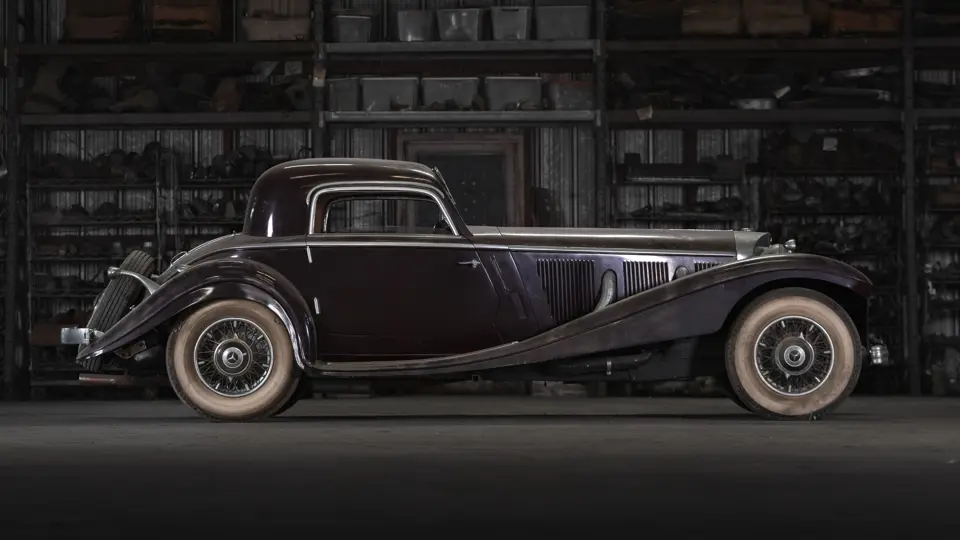



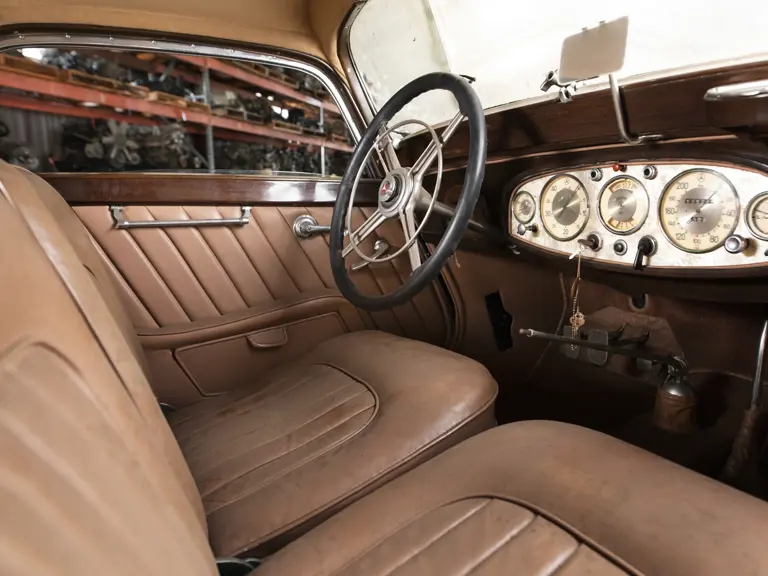
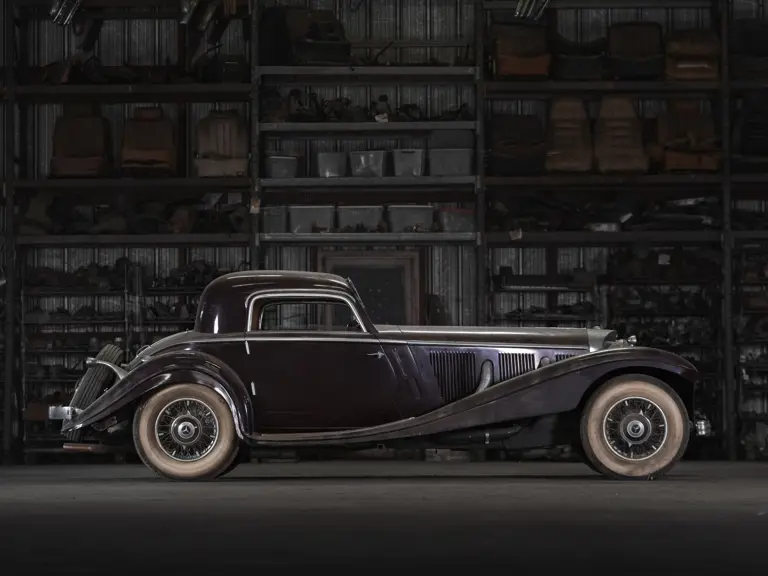



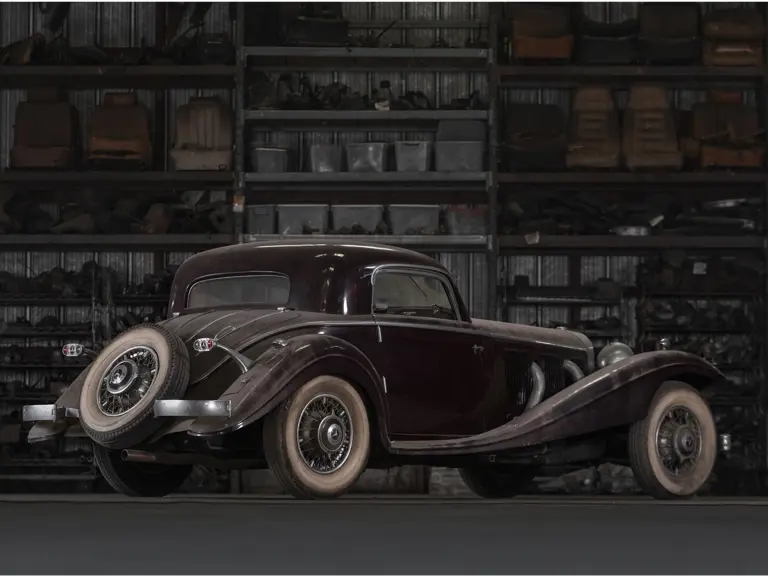
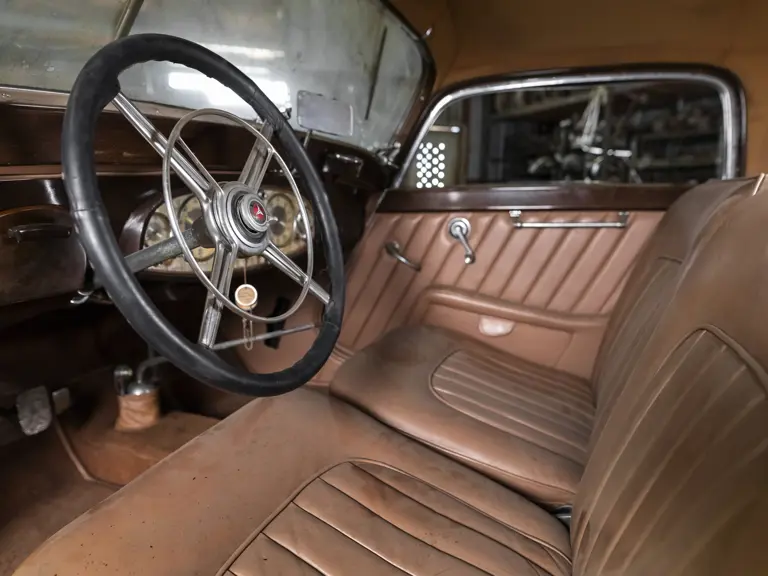
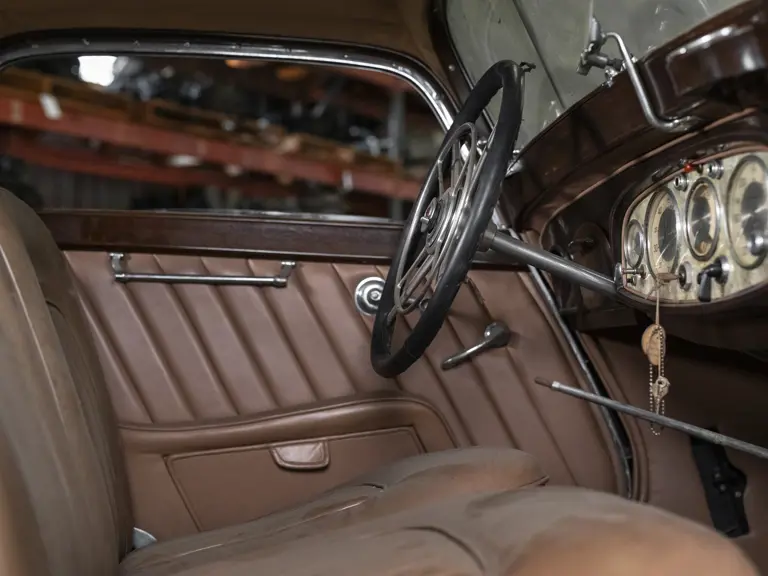

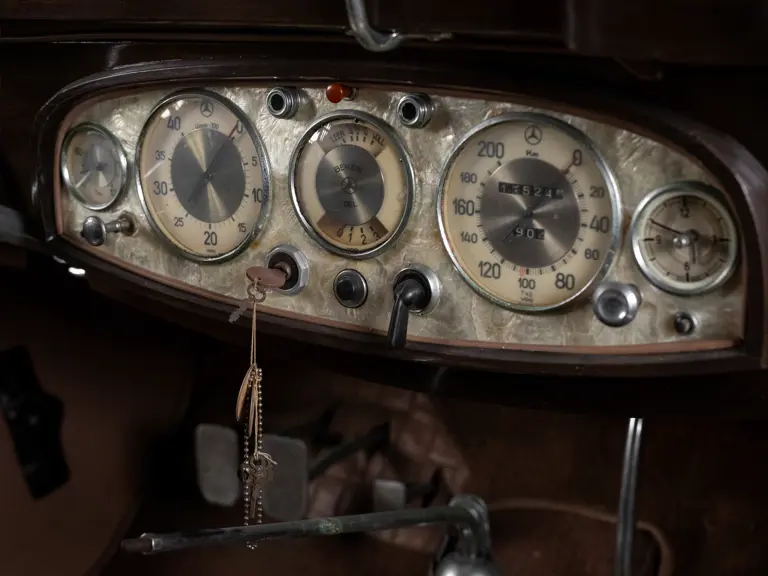
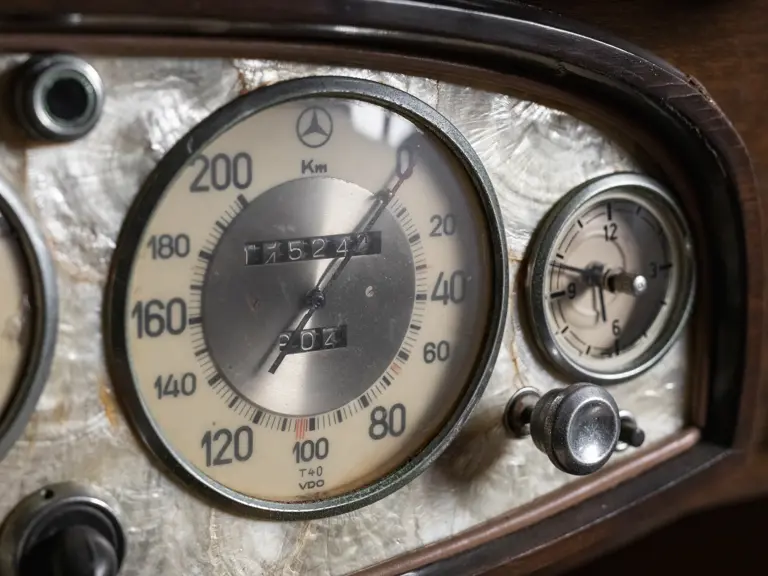
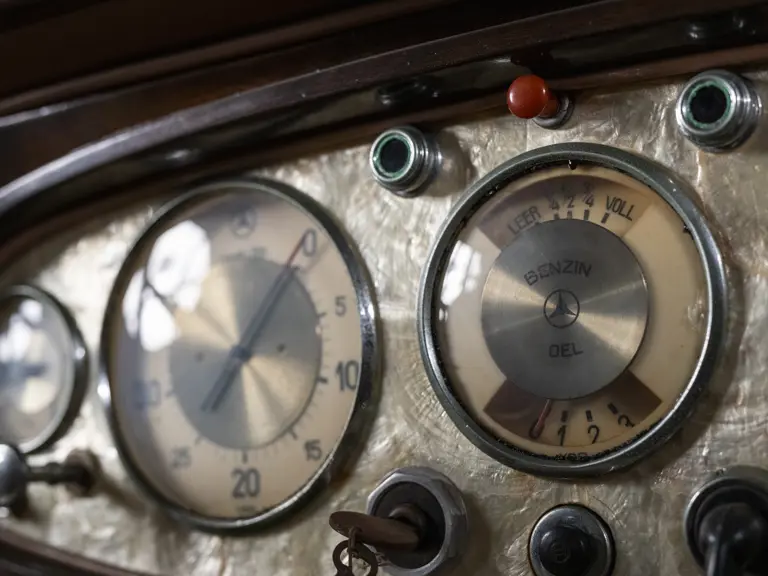
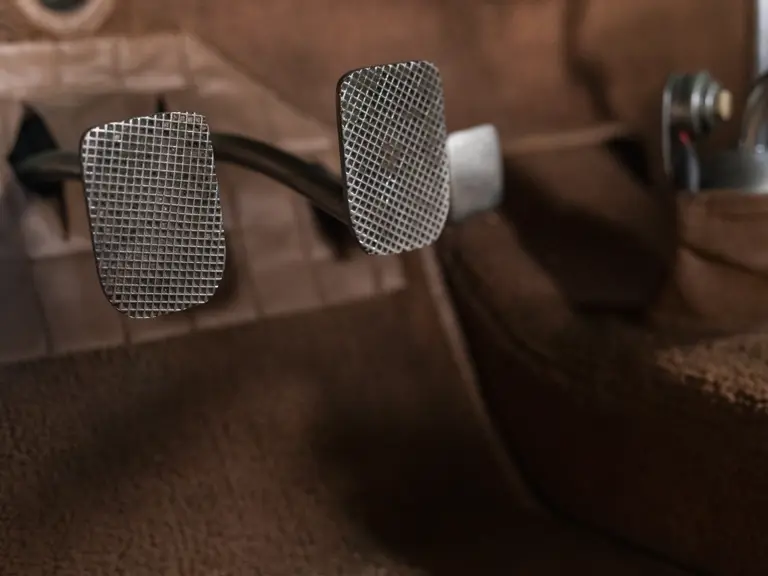
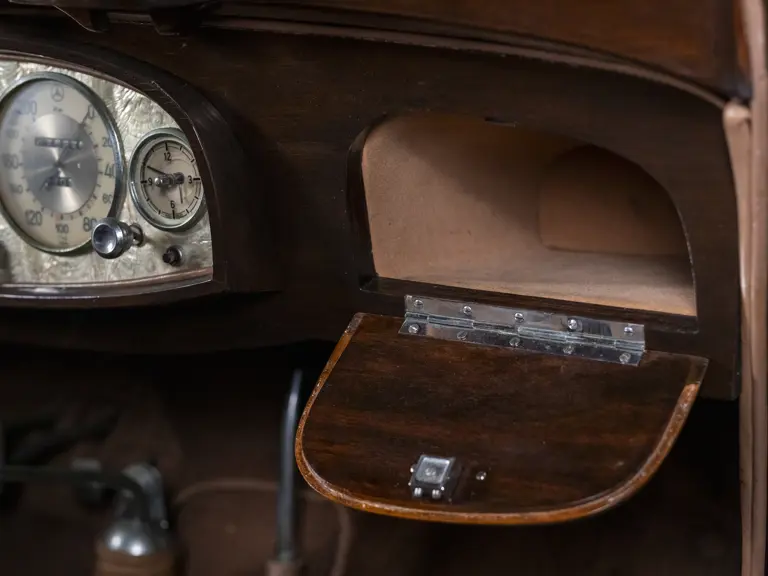
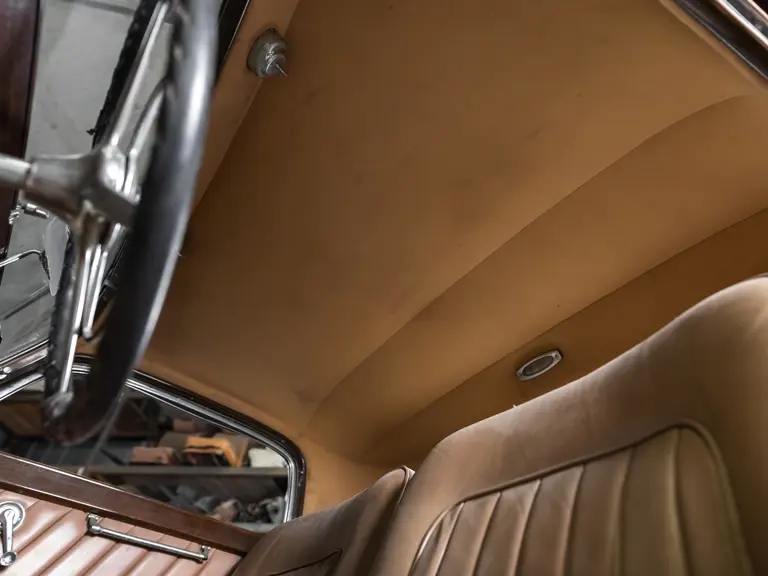
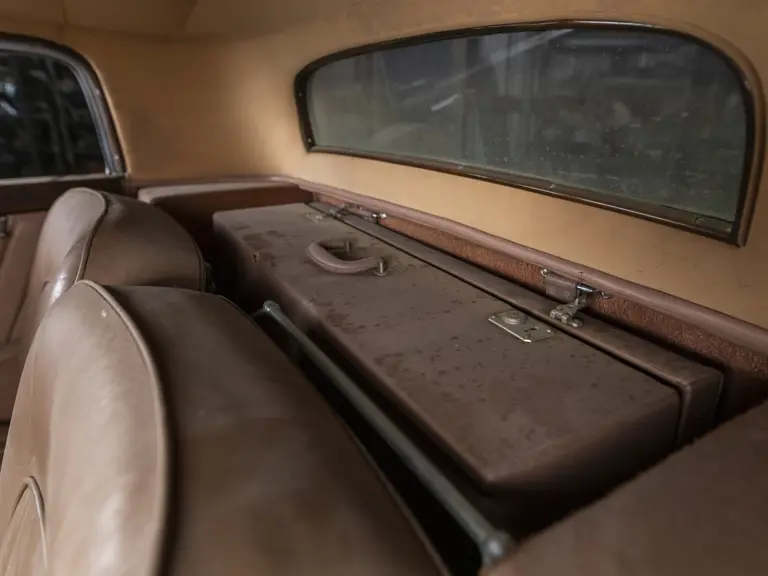

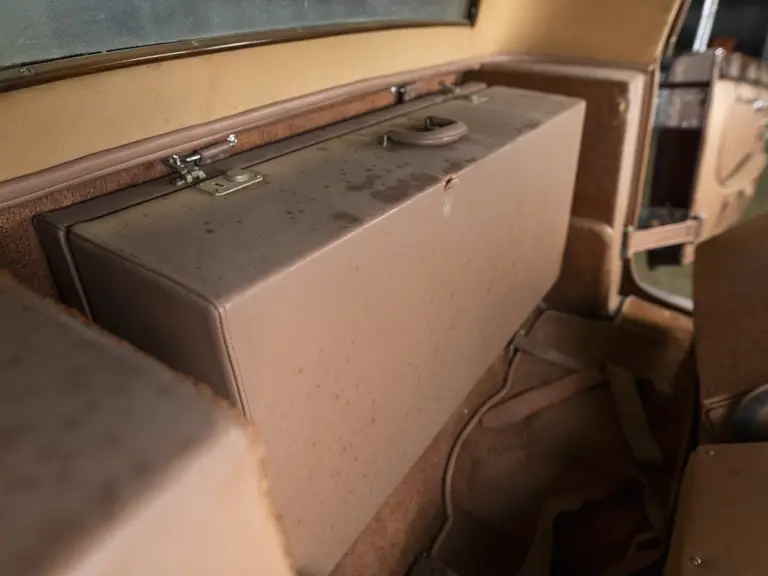
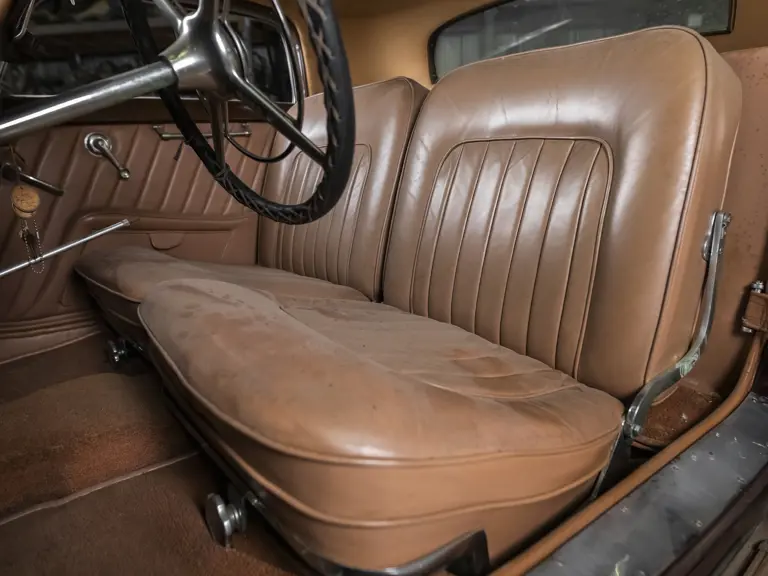

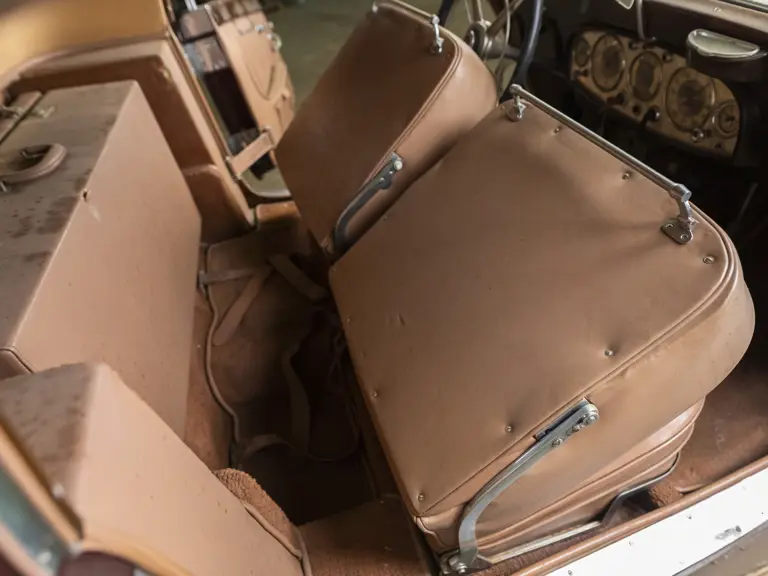
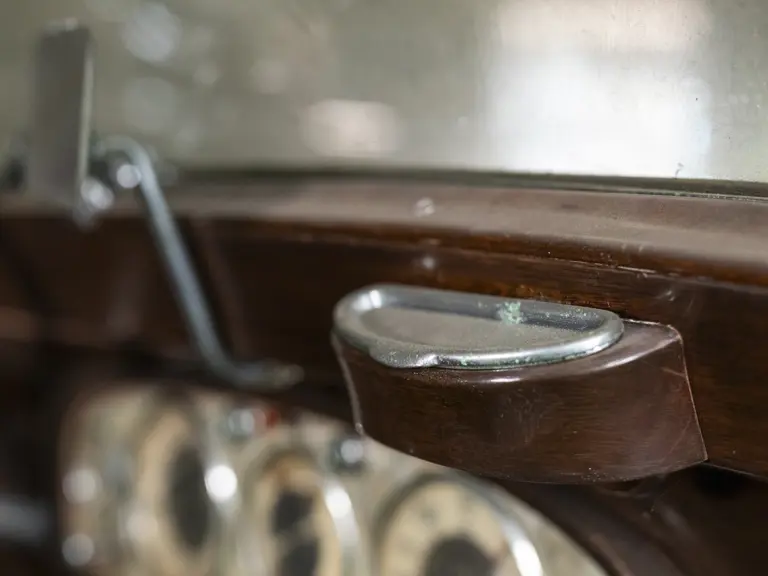

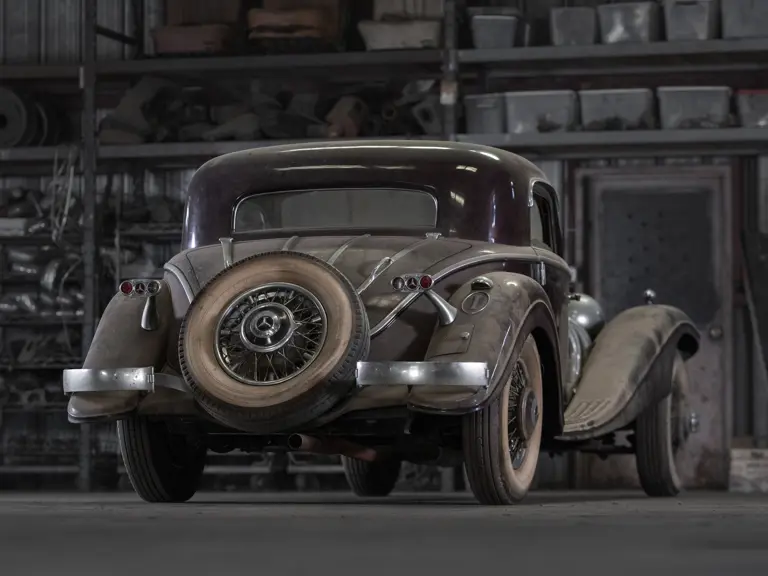
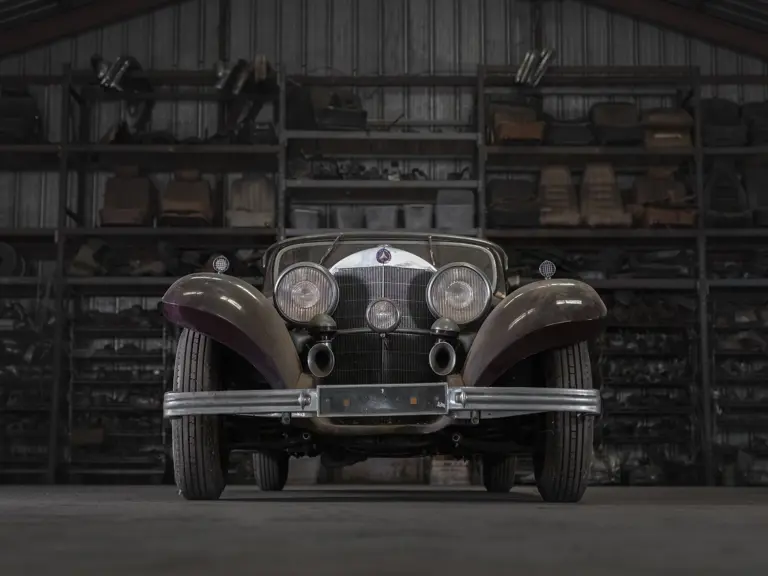
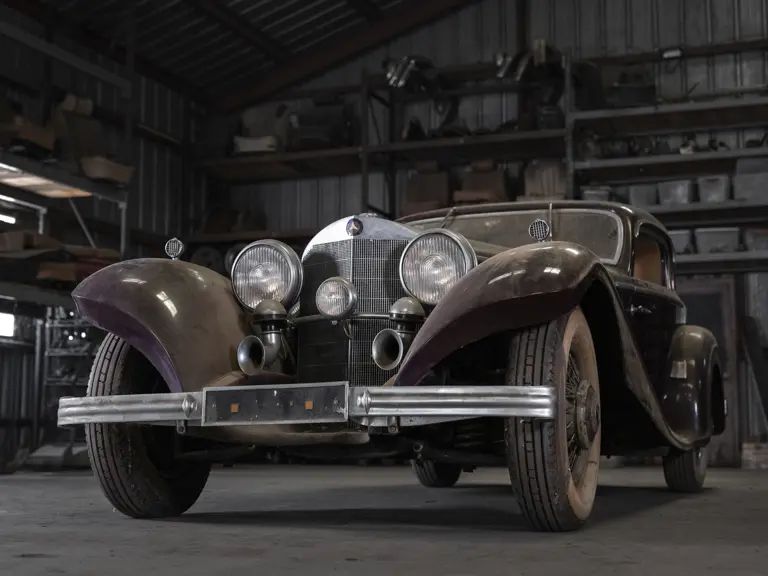

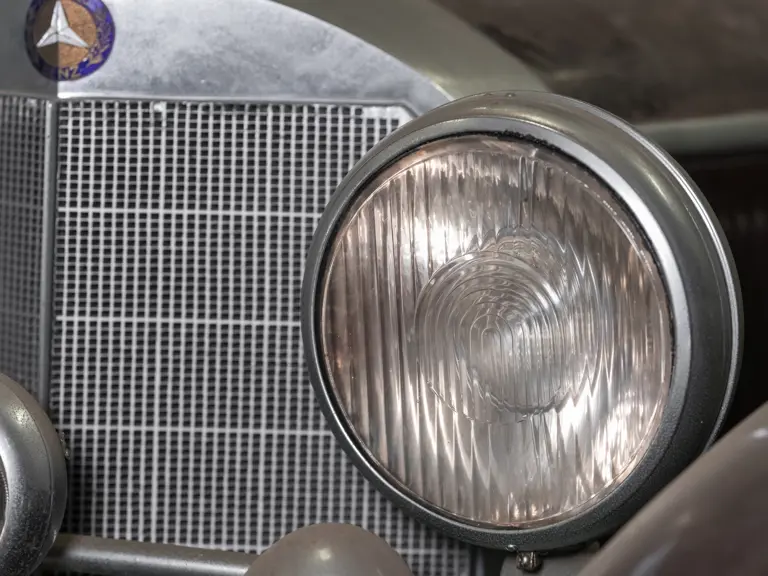

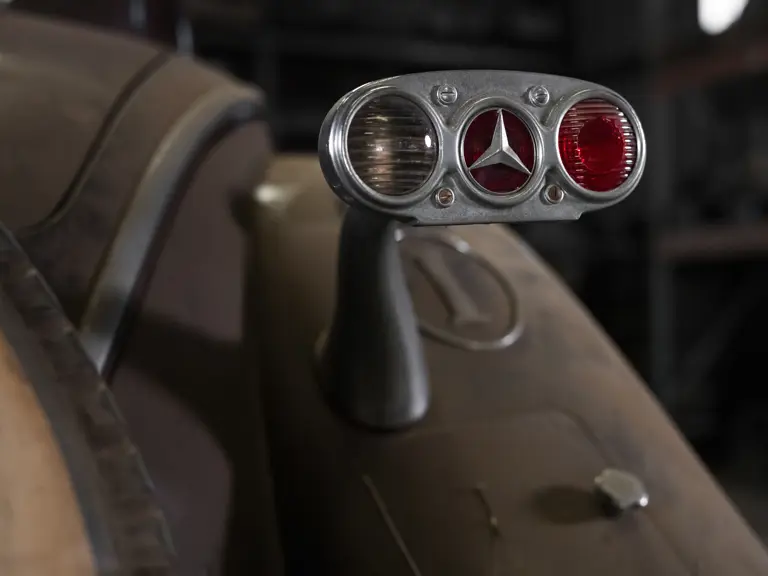
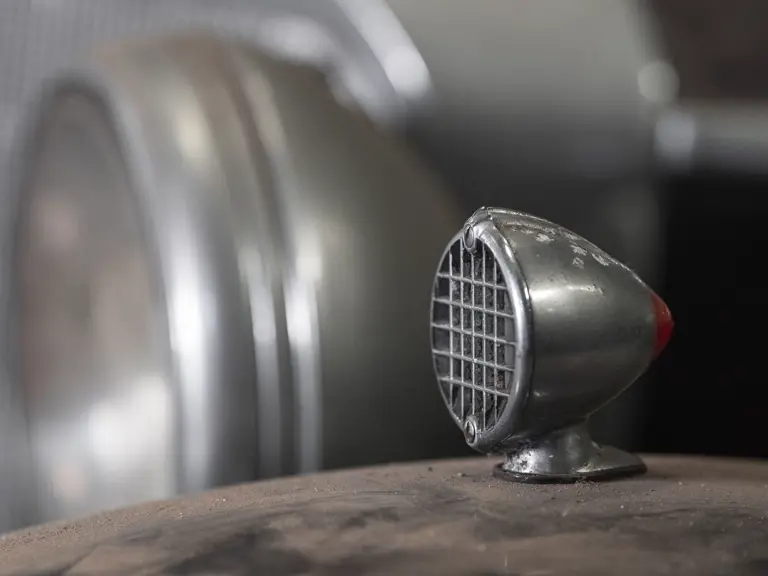
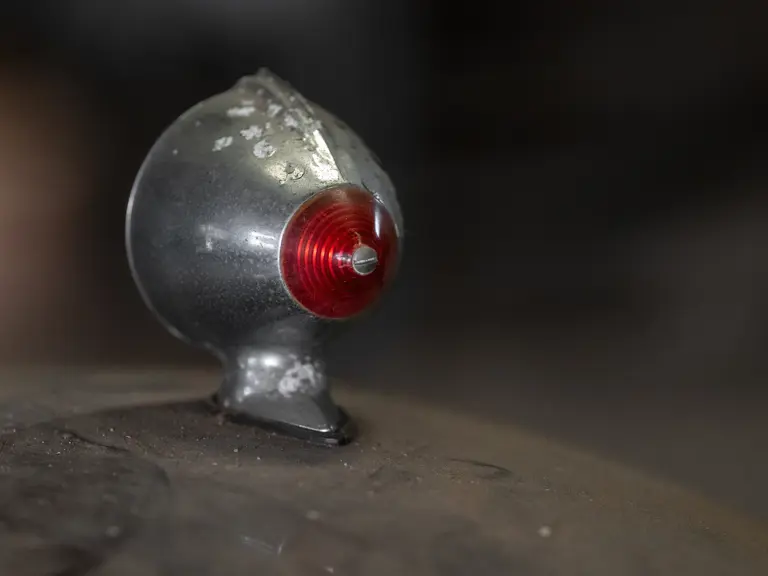

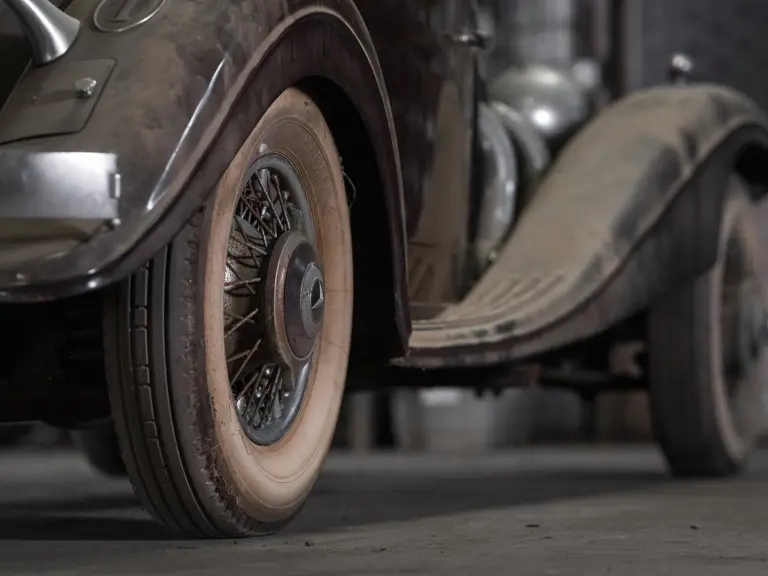


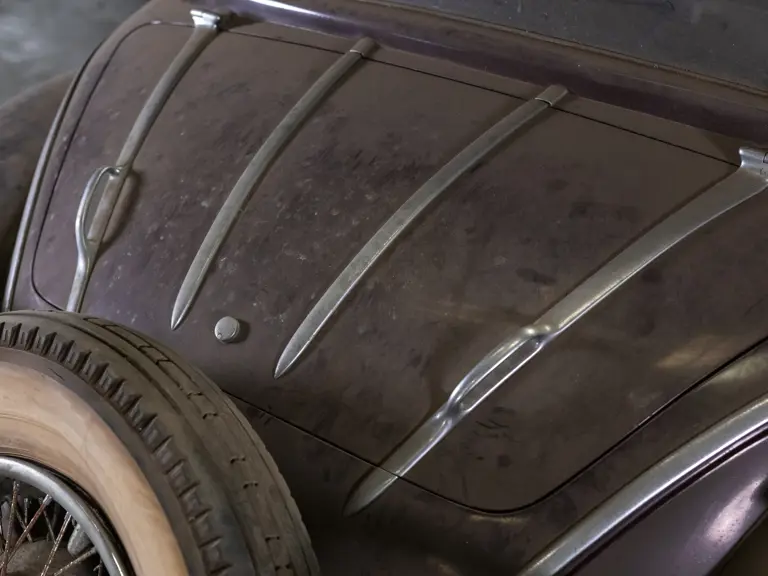

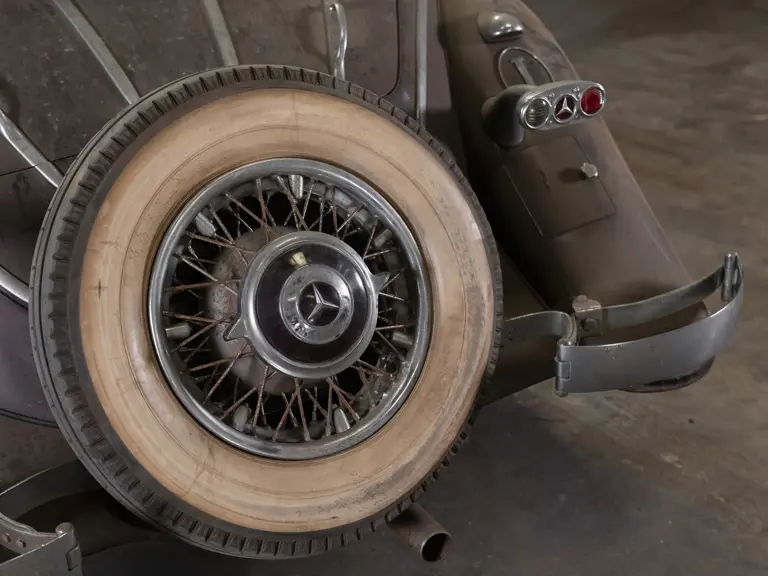
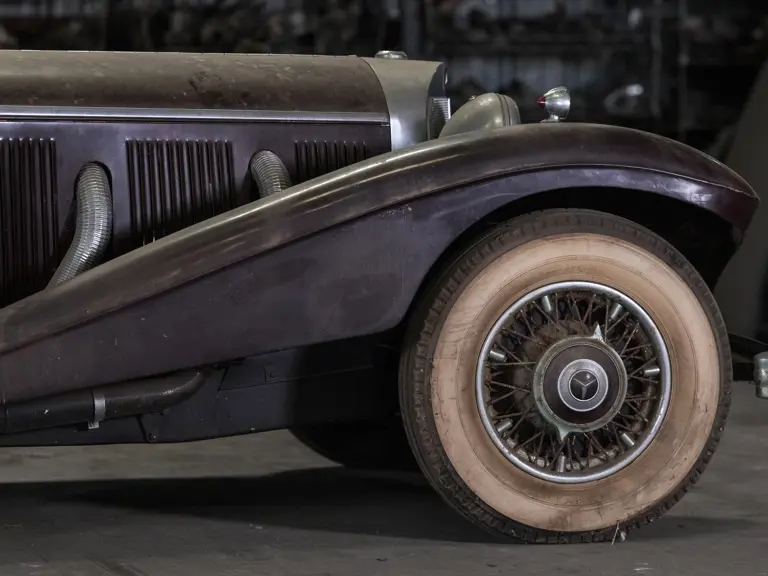
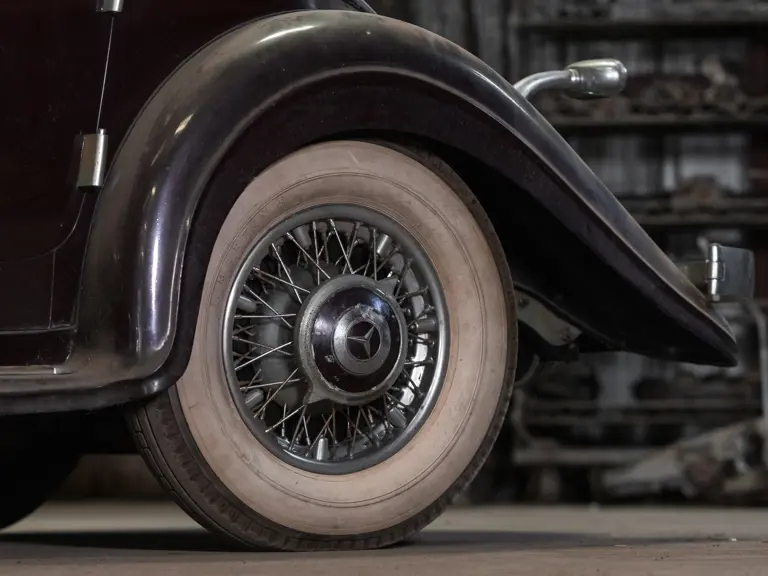
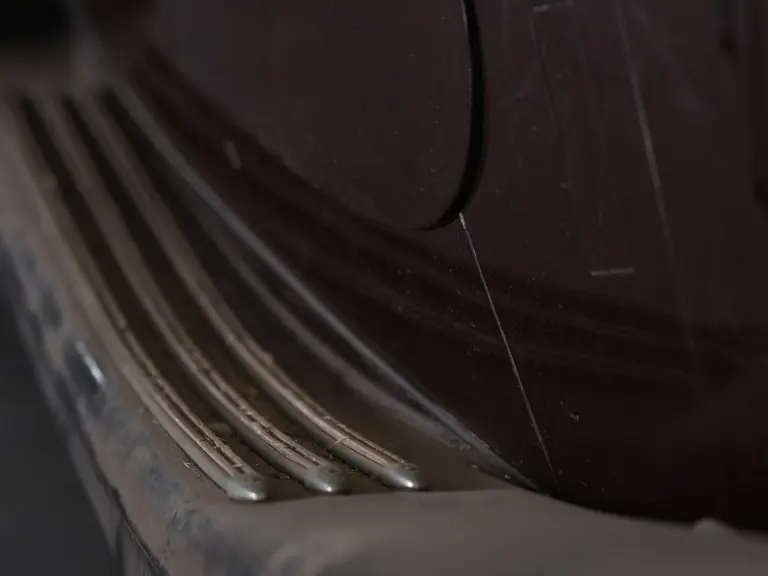

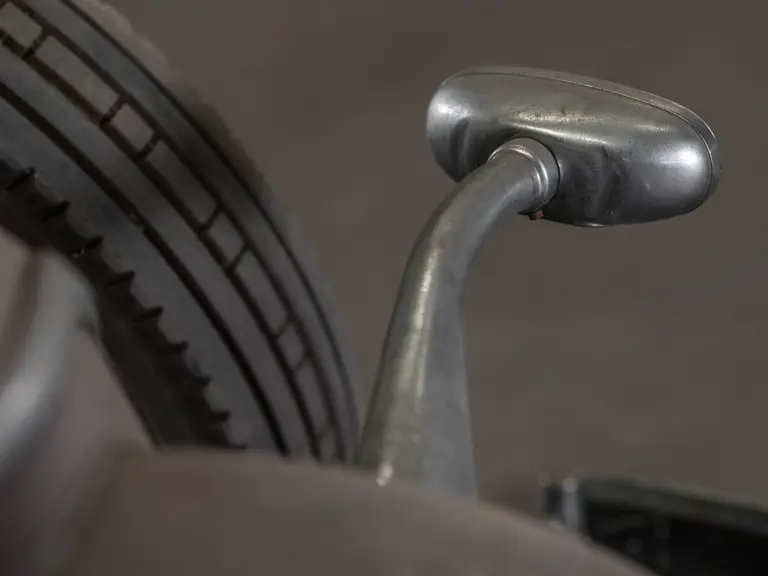
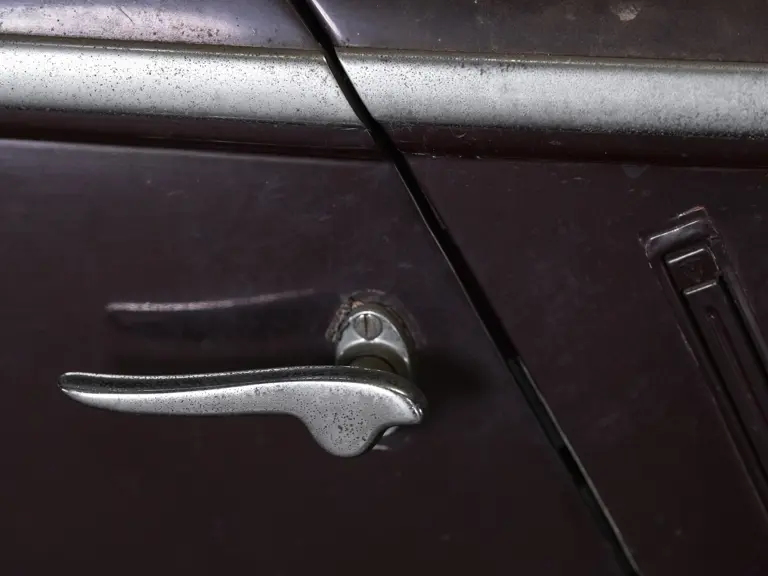
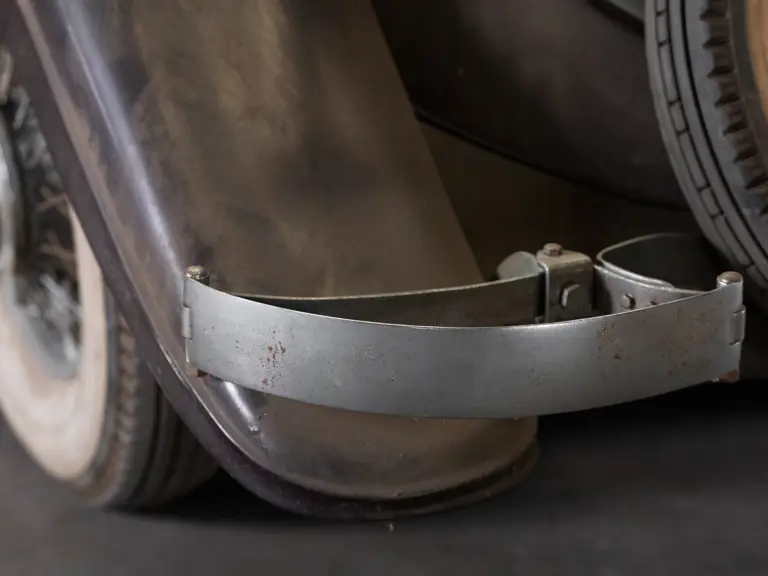
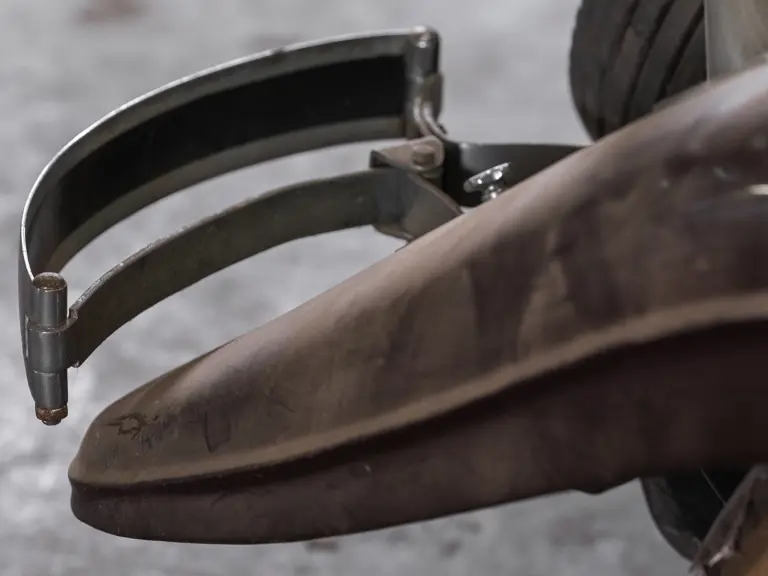
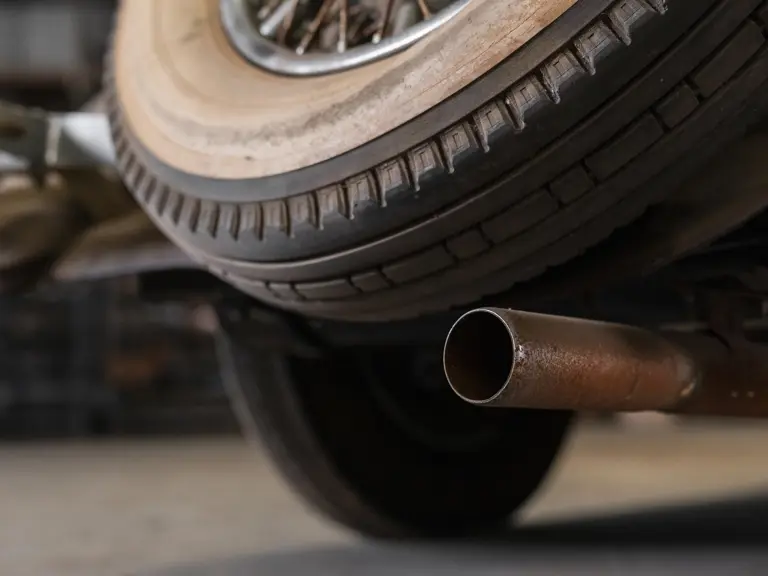
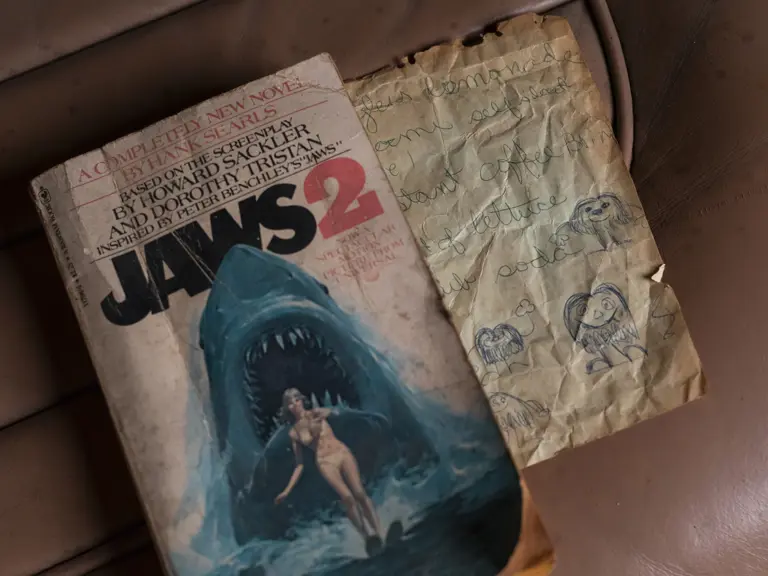
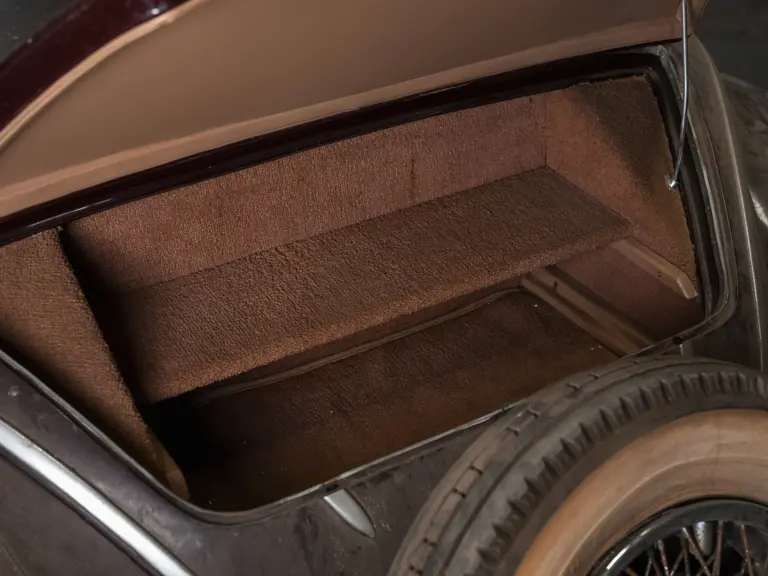
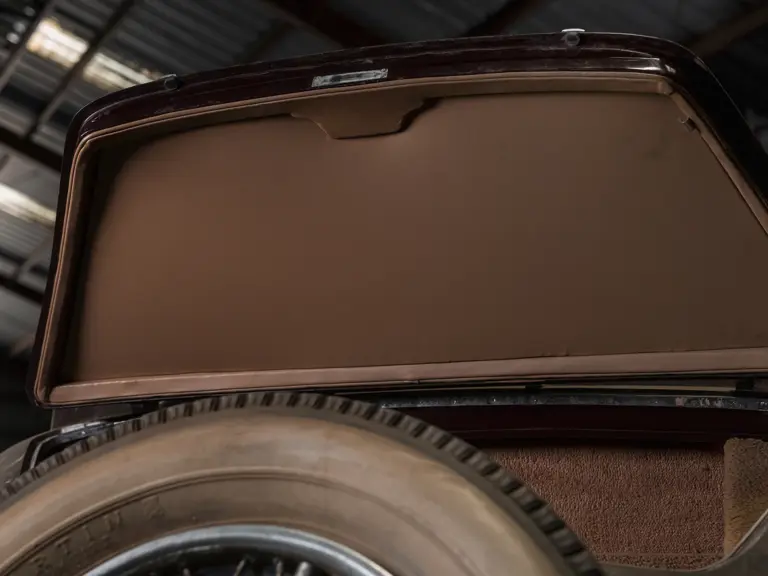
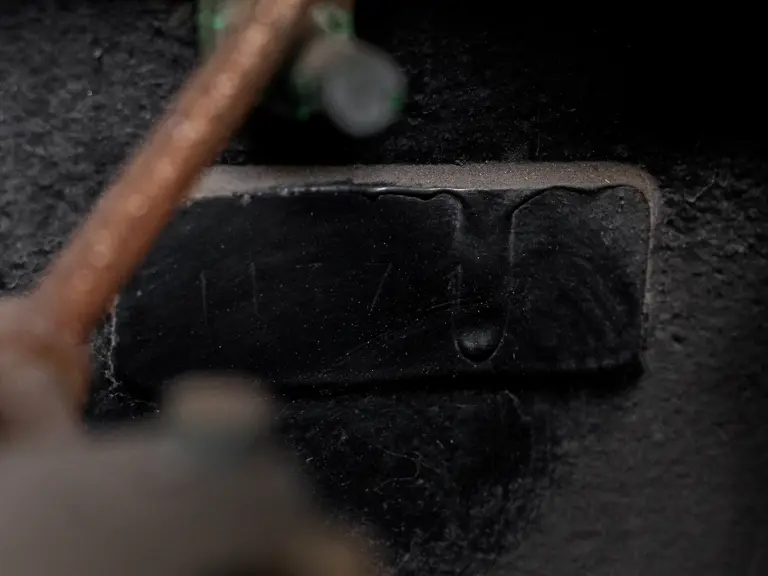
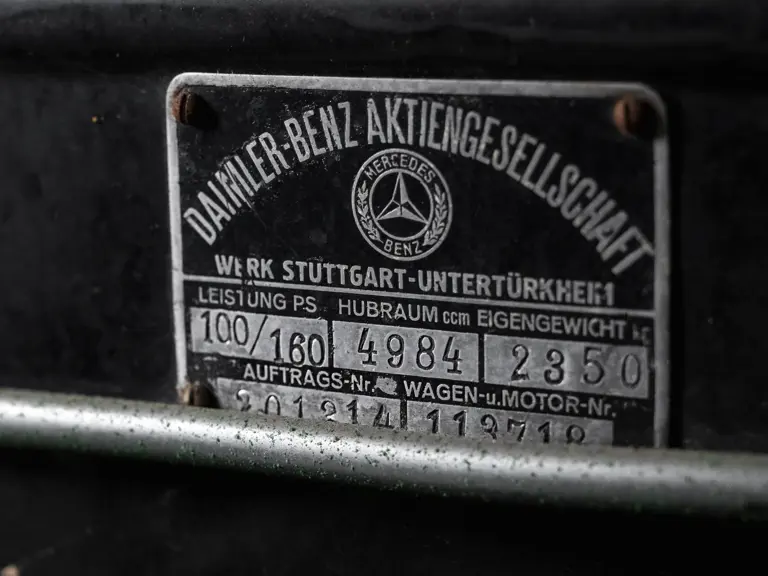
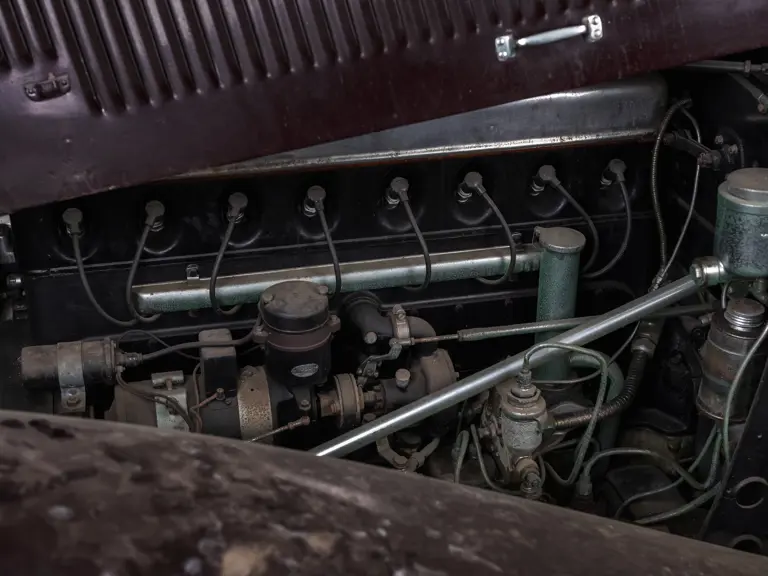

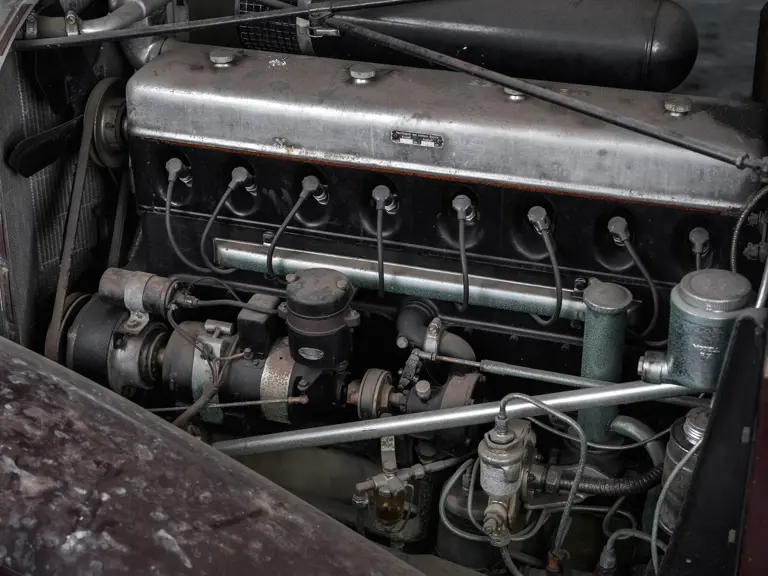
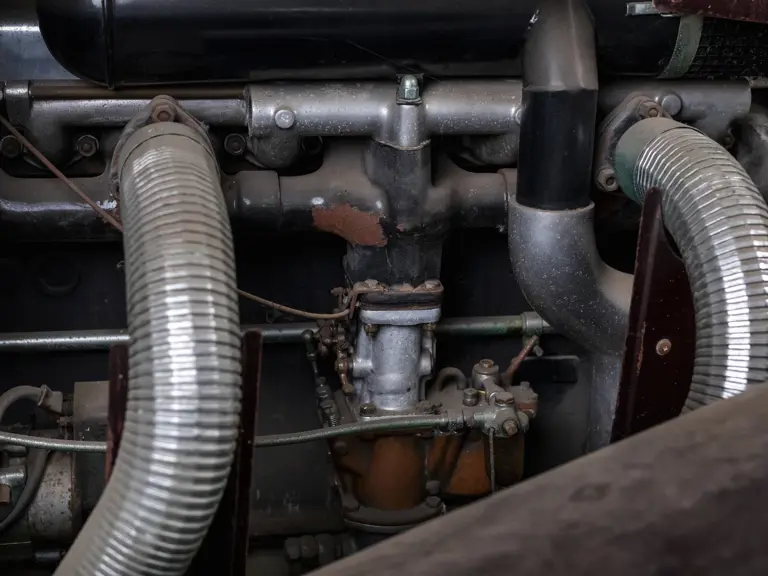
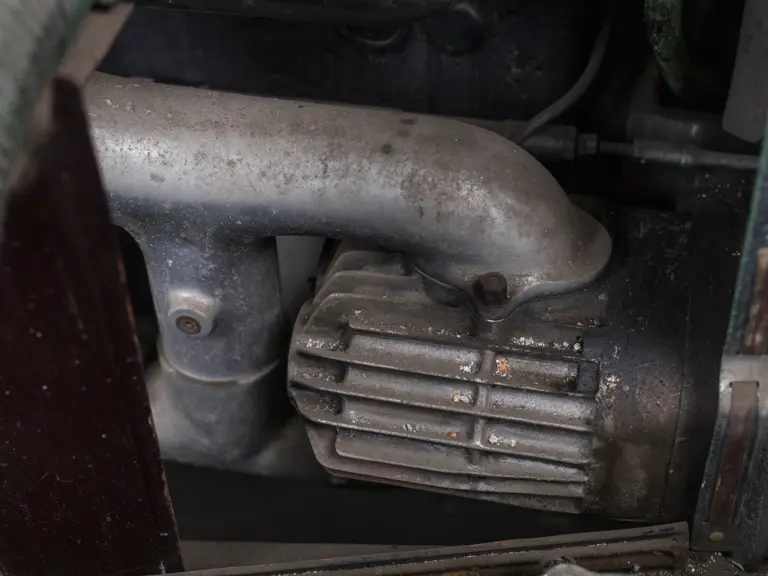
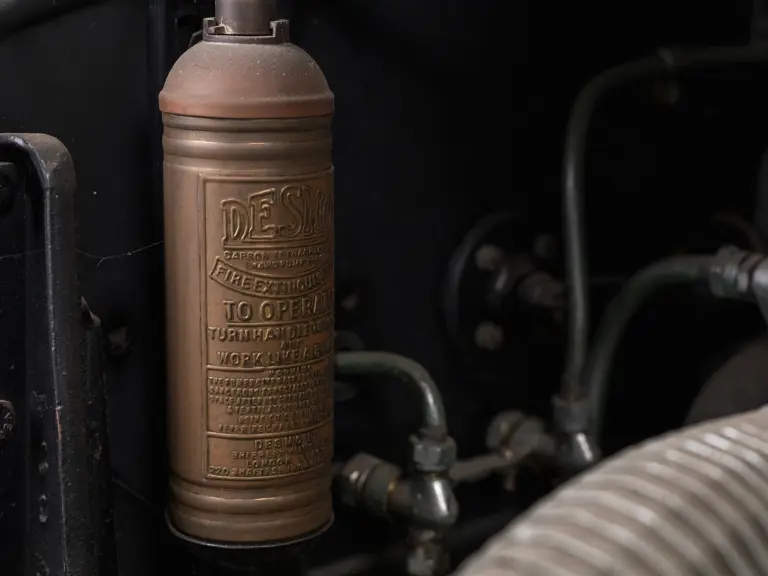
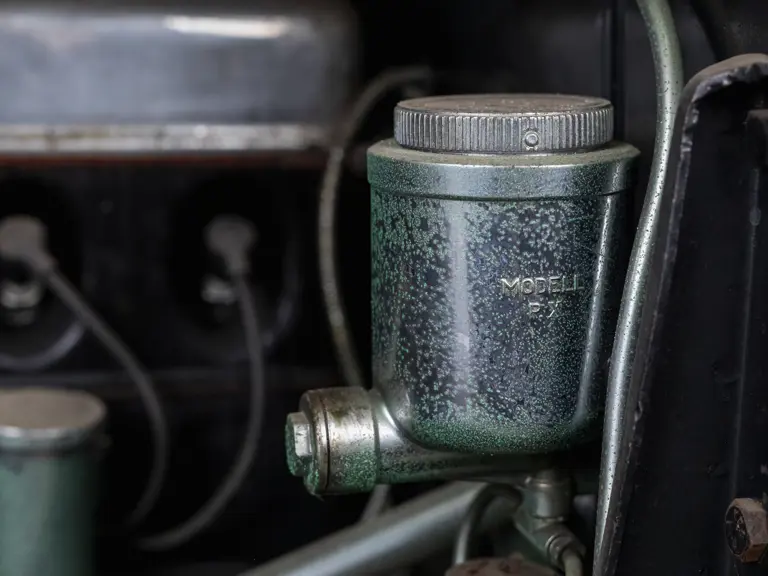
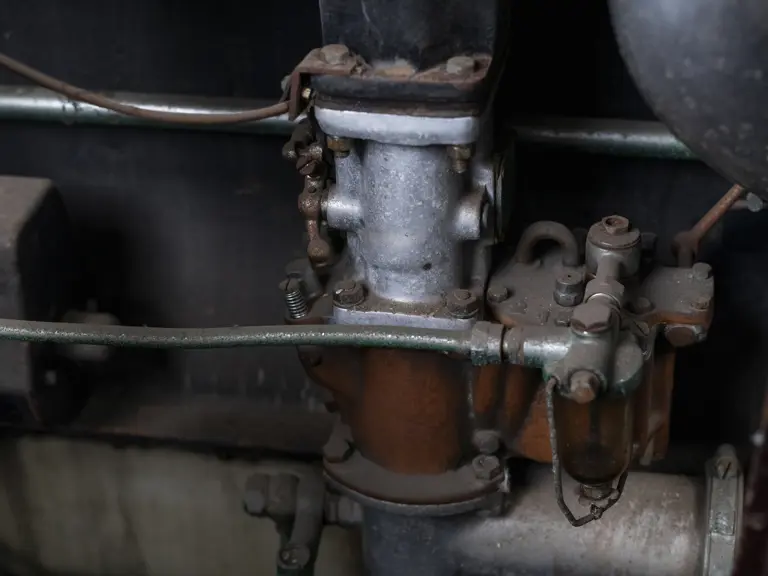
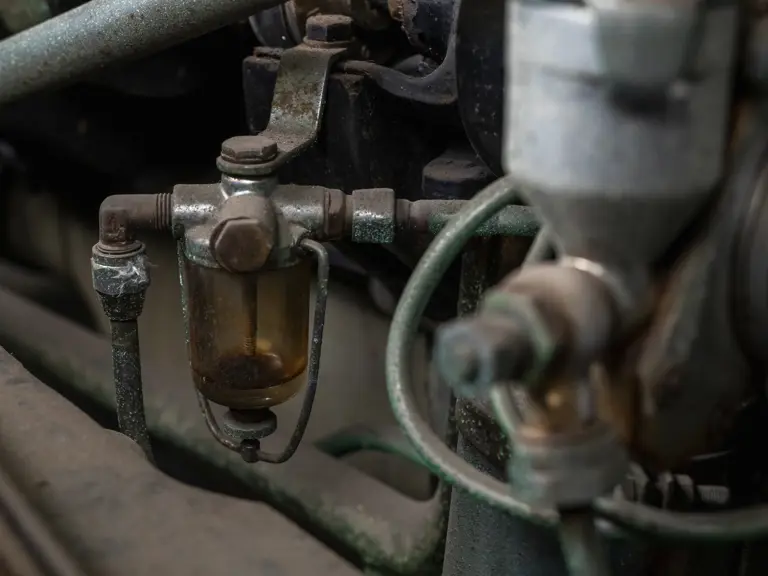
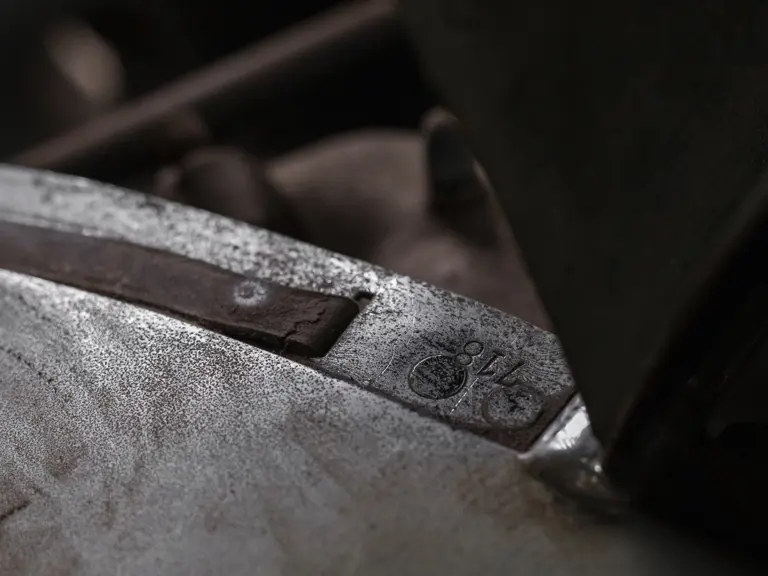



 | Los Angeles, California
| Los Angeles, California
